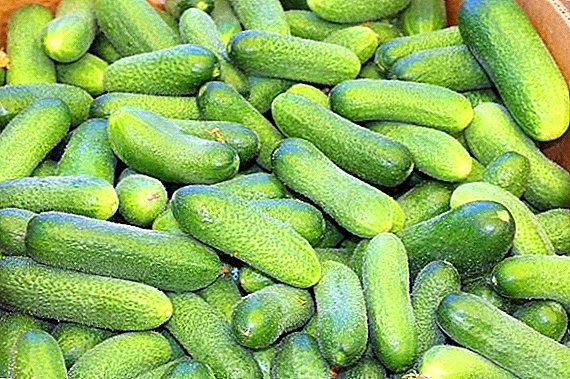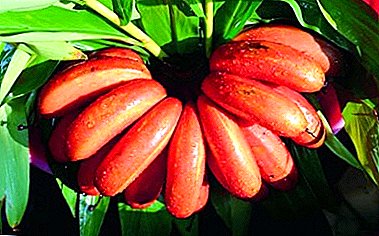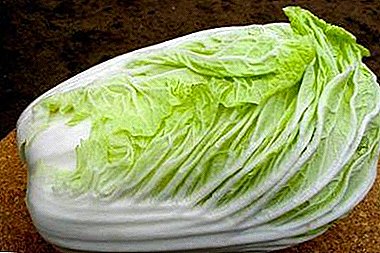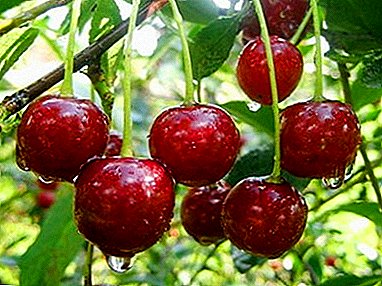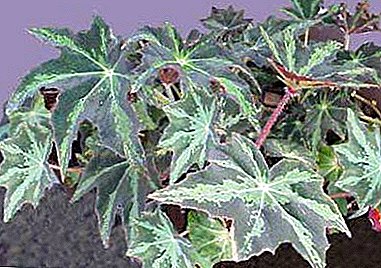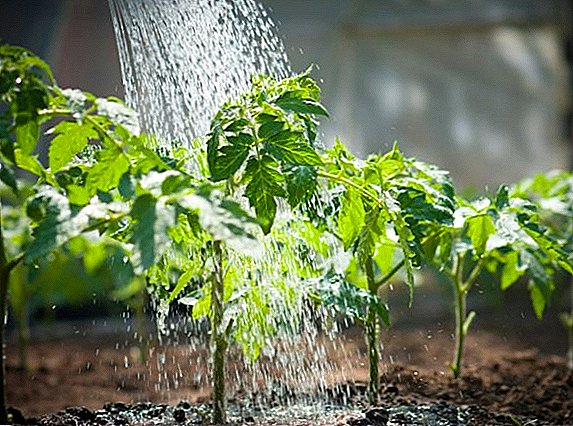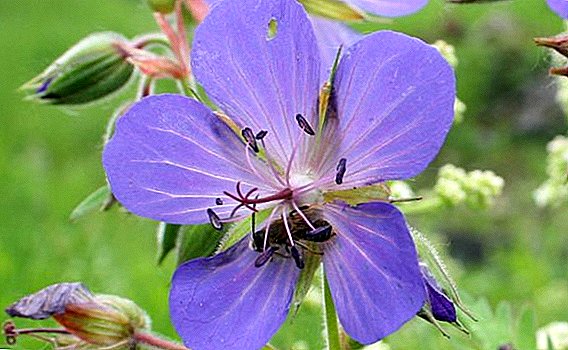 Many growers want to know how to grow meadow geranium and use it at home. We will describe in more detail what healing properties this plant possesses, how to prepare and store products from it, and also consider the process of planting meadow geranium and caring for it.
Many growers want to know how to grow meadow geranium and use it at home. We will describe in more detail what healing properties this plant possesses, how to prepare and store products from it, and also consider the process of planting meadow geranium and caring for it.
Total information
Meadow geranium (grouse, field geranium) - herbaceous dicotyledonous plant of the genus Geranium, family Geranium. Translated from the Greek name means "crane". It is accepted to call the flower “health resort” in Bulgaria due to its rich healing properties. The leaves of a bluish-purple shade are valuable in pharmacology and traditional medicine.
Find out how geranium differs from geranium.
Botanical description of the flower
The flower has a thick, powerful root system of brown color, from which stems depart. Plant height varies from 60 to 80 cm. The flowers are large, sitting on long pedicels, consist of blue-purple petals, arranged in pairs and form an umbrella inflorescence. The stems and pedicels of the plant are covered with small glandular hairs.  The leaves are long, divided into 7 shares. The plant needs cross-pollination. Geranium blooms from June to September. The process of fruit ripening occurs in the period from July to September: they resemble a crane beak, which, when fully matured, is divided into 5 single-seeded fruits.
The leaves are long, divided into 7 shares. The plant needs cross-pollination. Geranium blooms from June to September. The process of fruit ripening occurs in the period from July to September: they resemble a crane beak, which, when fully matured, is divided into 5 single-seeded fruits.
Chemical composition
The plant in all its parts contains tannin (tanning substance), which has astringent, hemostatic, antimicrobial, and anti-inflammatory effects on the human body. The root system of meadow geranium is rich in tannin - in dry mass more than 30%, its elevated part contains 16%.
Did you know? To prevent the appearance of moths, it is recommended to put several pink geranium flowers in the closet. And for the prevention of mold in the jar of jam used leaflets of this plant.
The root system also contains phenolic compounds, phenol carboxylic acids, starch and catechins. The grass of the geranium meadow contains in its composition minerals (iron, zinc, manganese), essential oils, glucose, raffinose, vitamin K, ascorbic acid, keratin and more.
Spread
The range of wild plants is extensive, covers temperate regions of Eurasia. It is cultivated everywhere. It grows in wet meadows, glades, forest edges and in the valleys of mountain rivers. Crane is more common in forest-steppe, forest belt, less often - in coniferous forests. 
Application features
Studies have shown that drugs obtained on the basis of meadow geraniums, have an extensive spectrum of action. For medicinal purposes, it is possible to use both the aerial part of the plant and the rhizome. Also the crane is used as a honey plant and a natural dye.
Medicinal properties
The value of the plant lies not only in its beautiful flowers, which signal the coming of summer, - meadow geranium has a variety of medicinal properties that have been used by traditional healers since ancient times.
Read also about whether geranium helps with earaches.
Crank-based medications are recommended for use:
- in cardiology in the treatment of angina and tachycardia;
- in gynecology in the treatment of inflammatory processes, chronic diseases of the female reproductive system, the normalization of hormonal levels;
- in oncology in the fight against malignant tumors;
- in the treatment of nervous disorders;
- in pulmonology in the treatment of angina and pharyngitis;
- in gastroenterology in the treatment of diseases of the gastrointestinal tract.

Contraindications and harm
The plant in addition to the healing properties has contraindications for use. Means prepared on the basis of the meadow crane will not be used by people suffering from thromboembolism, gastritis, gastric ulcers, as well as those with age-related intestinal obstruction and chronic constipation.
Important! Meadow geranium is recommended to be taken during pregnancy and lactation, but before that you should consult with your doctor.
Recipes of traditional medicine
In folk medicine, meadow geranium is used in the form of tinctures, decoction and powder.
Let's take a closer look at the most popular recipes:
- Herbal solution from hair loss. Requires 2 tbsp. l dry herbs pour 0.5 liters of cool boiled water, insist for 8-9 hours at room temperature. With abundant hair loss, the head should be washed with the filtered solution every other day for 3-4 weeks.
- Decoction of rhizomes with menstrual and postpartum hemorrhage, as well as bloody diarrhea. To prepare the first recipe you need 3 tbsp. l chopped roots pour 250 ml of water and bring to a boil, boil on fire for no more than 5 minutes. The resulting broth should definitely strain and use 1 tbsp. l every 2 hours until cessation of bleeding. The second recipe for syringing - should be 2 tbsp. l rootlets dissolve in 0.5 liters of drinking water, boil for 5 minutes. After straining the solution will be ready for use. For the third recipe, the juice of fresh herbs should be applied orally in 20-30 drops with an interval of 2-3 hours until complete cessation of uterine or hemorrhoidal bleeding.
- In case of a disease of the upper respiratory tract, 1 tbsp. l dry raw materials Pour 200-250 ml of drinking water. Then the resulting solution should be brought to a boil and kept on fire for 5 minutes. It is recommended to use cooled and filtered infusion during meals 2 tbsp. l 3 times a day.

Preparation and storage of medicinal raw materials
For better storage of the medicine, the grassy part of the geranium should be collected during the flowering period. Raw materials should be dried in a closed and well-ventilated area or in a professional electric dryer. Temperature range should be from +40 to + 45 ° С. At higher temperatures, all the beneficial essential oils will evaporate from the plant. To increase its healing properties, it should be collected in clear sunny weather after the dew has come down.
Important! It should be harvested raw materials collected on environmentally friendly places, and not something that grows along the highways and near industrial zones.
The resulting blanks should be saved for 2 years in a wooden or glass container. It is recommended to dig up the rhizomes for storage in autumn. It is necessary to dry up previously cleared from the earth and the washed roots. 
Growing at home
Meadow geranium can be grown on the garden plot both for decorative and for medical purposes. Wild geranium species are unpretentious in cultivation and never get sick.
You will be interested to know when it is better to plant geraniums at home.
Suitable varieties
In the garden you can plant such cultivated varieties of meadow geranium:
- Summer Skye (Summer Skies). Plant height varies from 60 to 90 cm. Flowers of terry texture, often white color with a tint of pinkish-white color.
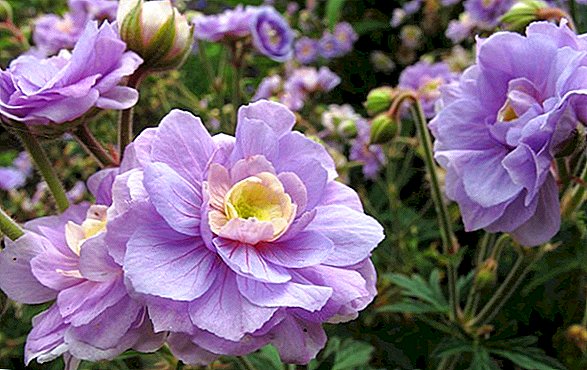
- Black Beauty (Black Beauty). Plant height ranges from 40 to 50 cm. The flowers are pale lavender in color with streaks of elegant shape. It tolerates penumbra, prefers fertile soil.
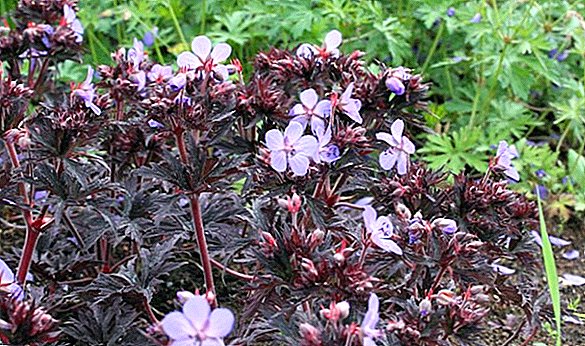
- Silver Queen (Silver Queen). Perennial up to 130 cm high. Leaves of a large form. Flowers with a faint violet tint with bluish-black anthers.
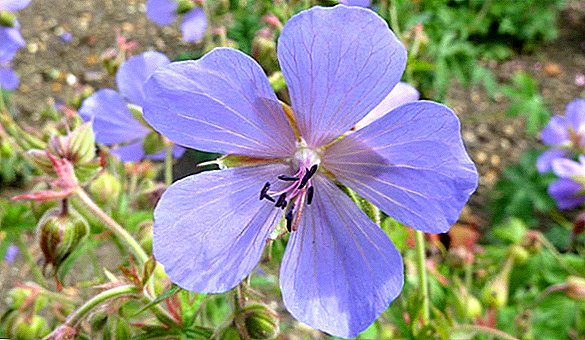
- Striatum (Striatum). Low-growing shrub in height from 15 to 20 cm. Leaves are rounded with deep cuts. Flowers pale pink color with pink veins. It grows on moderately moist slightly alkaline soils.
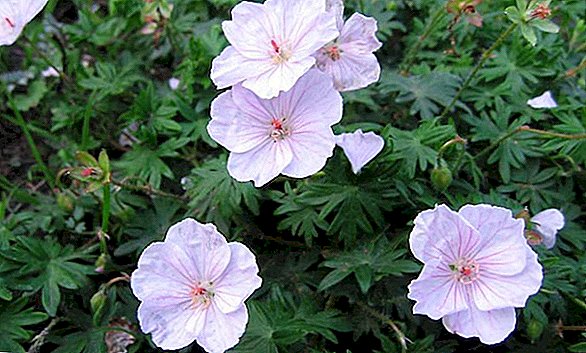
Landing
Considered perennials for growth in open ground need a large space and a well-lit place. Under optimal conditions, meadow geranium will delight you with its flowering throughout the summer. The soil for planting should be fertile, slightly acidic and moderately wet.
Read more about how to independently grow pelargonium from seed.
The plant should be planted in pre-prepared pits, the diameter of which should not be less than 20 cm. After planting, the plant should be filled with high-quality soil and watered. Do not fertilize it with manure that is not perepel.
Care
Meadow geranium does not require special care, the main thing is to carry out weeding and irrigation in a timely manner. Weeding is best done in May, when the plant does not have too many leaves. It is also necessary to loosen the soil, since the root system needs air. If there is no time for loosening, then low-growing crops should be planted between geranium bushes and regular soil mulching should be carried out.  Crane poorly tolerates drought, so special attention should be paid to the regime of water procedures. Due to the abundant watering the plant can rot the roots. Since it carries frost well, it is not worth covering it for the winter.
Crane poorly tolerates drought, so special attention should be paid to the regime of water procedures. Due to the abundant watering the plant can rot the roots. Since it carries frost well, it is not worth covering it for the winter.
Did you know? Since geranium is a fairly symbolic plant, it is generally accepted that receiving as a gift her white flowers contributes to the continuation of the kind and is a talisman of bankruptcy.
Meadow geranium is unpretentious in care and does not take much trouble. The fact that it can be used not only for decorative purposes, but also as a medicine, has many gardeners.






